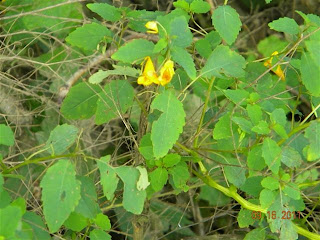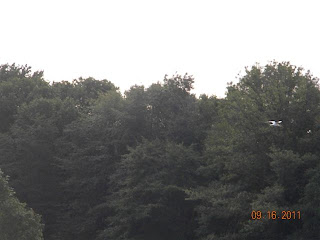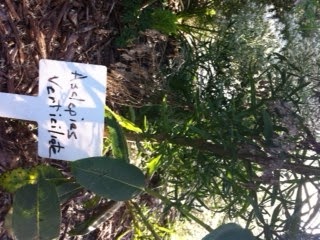English and Scientific Name: Eurasian Eagle-owl (Bubo-bubo)
Kingdom: Animalia
Phylum: Chordata
Class: Aves
Observation: Upon approaching this owl, I couldn’t help but notice how large it is. It has very distinct colors and looks like a “rough” bird. A dog started to bark at the owl while we were there and the owl immediately stared at the dog and puffed out to such a big size. It almost looked like it gained weight before my eyes, that’s how much it puffed out. It does that when it gets angry or feels threatened.
Questions:
1. Is the Eagle owl the world’s largest owl?
2. Where does the name Eurasian stem?
3. Because of the name “eagle owl” is there a connection between the eagle and the owl?
Scientific Research:
Jacobs, J. Warren. Bald Eagle (Haliætus leucocephalus.) and Great Horned Owl (Bubo virginianus) Occupying the Same Nest. The Wilson Bulletin, Vol. 20, No. 2 (Jun., 1908), pp. 103-104. Article Stable URL: http://www.jstor.org/stable/4154205
Because of the name “eagle owl” is there a connection between the eagle and the owl?
































